Description
BONE MARROW
Traditional people who consumed large animals did not ignore the marrow hidden away in the bones – in fact, they valued the marrow as an extremely nutritious food.”
There are many examples from cultures around the world: Alaskan natives regularly eat the marrow from caribou and moose, Indians enjoy the traditional dish called nalli nihari from slow-cooked marrow, a Mexican dish featuring beef bone marrow (called tuetano) is used as taco and tostada fillings, and in the Philippines bone marrow is the primary ingredient in a soup called bulalo. Interestingly, the literal translation of bone marrow in Russian is – bone brains – which indicates that its value was long ago understood.
Dr. Price stated in Nutrition and Physical Degeneration…
An important part of the nutrition of the children [of Native Americans] consisted in various preparations of bone marrow, both as a substitute for milk and as a special dietary ration.
And while developing a meal plan for an orphanage, Price included bone marrow. They then received a bowl containing approximately a pint of a very rich vegetable and meat stew, made largely from bone marrow and fine cuts of tender meat: the meat was usually broiled separately to retain its juice and then chopped very fine and added to the bone marrow meat soup which always contained finely chopped vegetables and plenty of very yellow carrots.
Lab tests show that 100 grams, approximately six and a half tablespoons, of bone marrow contains 677 IU vitamin A, 29 mcg vitamin K2, and high levels of nourishing fats (up to 45 percent saturated). Bone marrow is rich in spingolipids, which are specialized fats that protect cell membranes against environmental insults and that are critical components of the brain and nervous system.
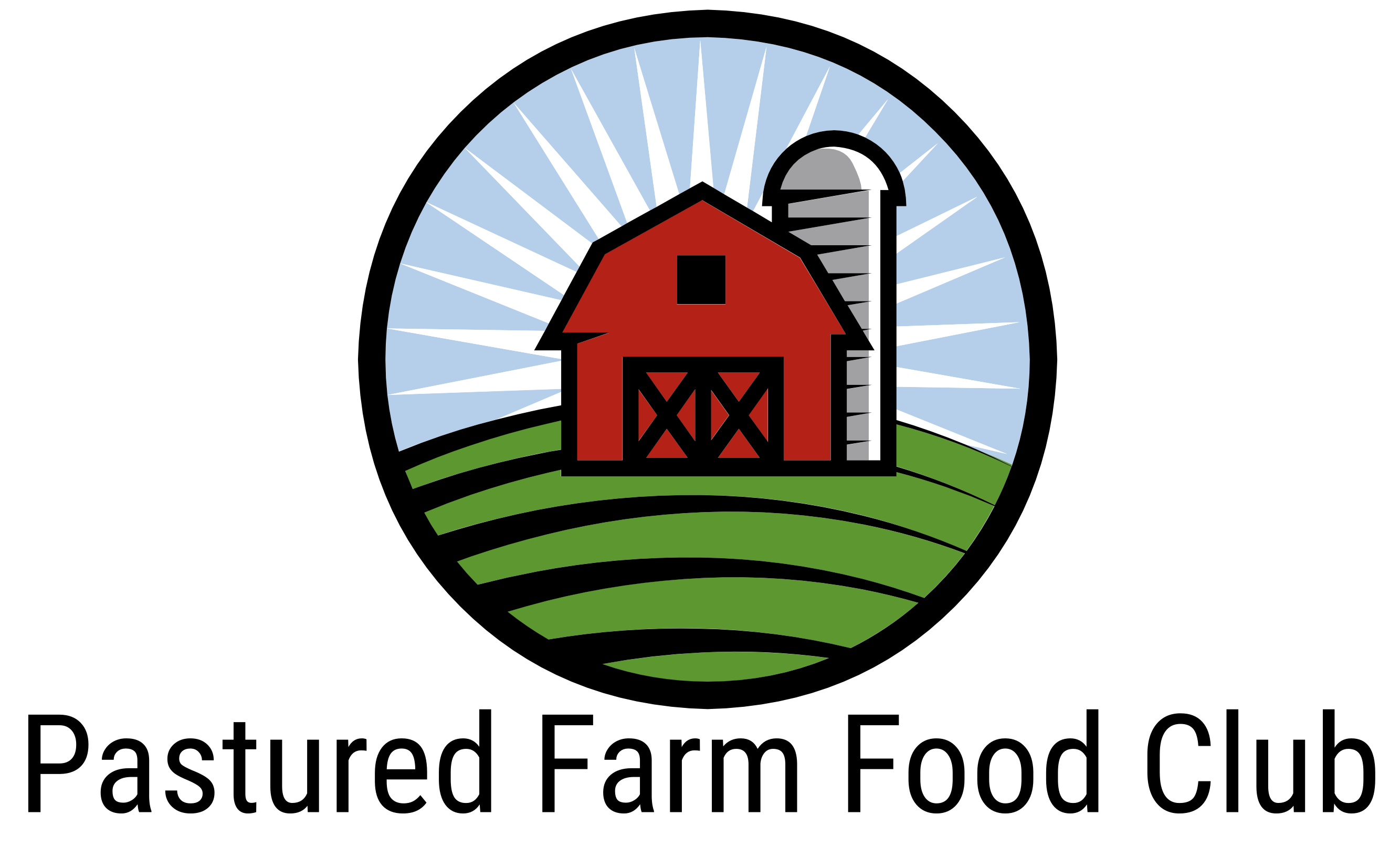
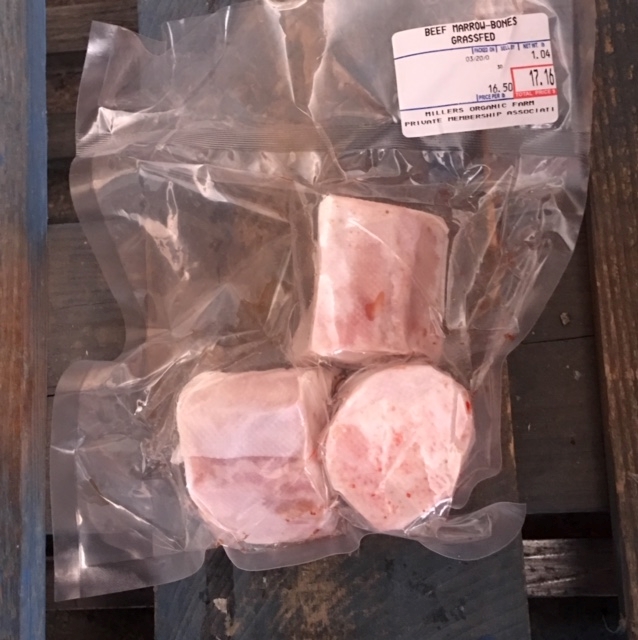
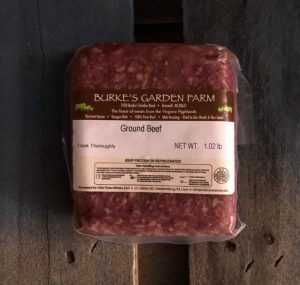
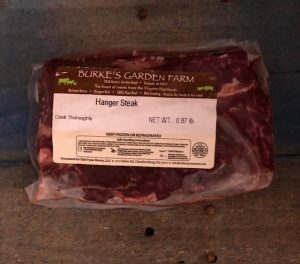
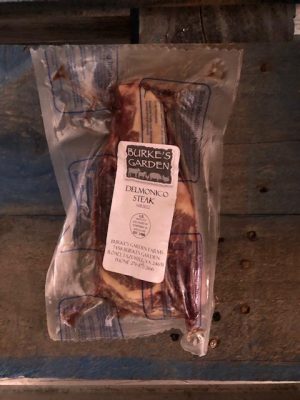
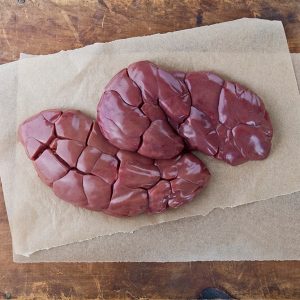
1 review for Beef Marrow Bones – per lb
There are no reviews yet.